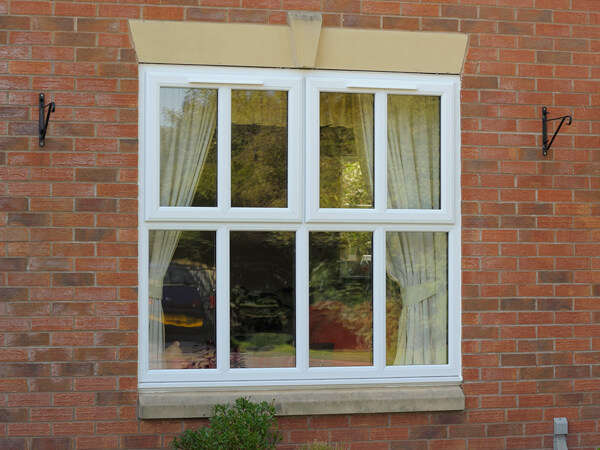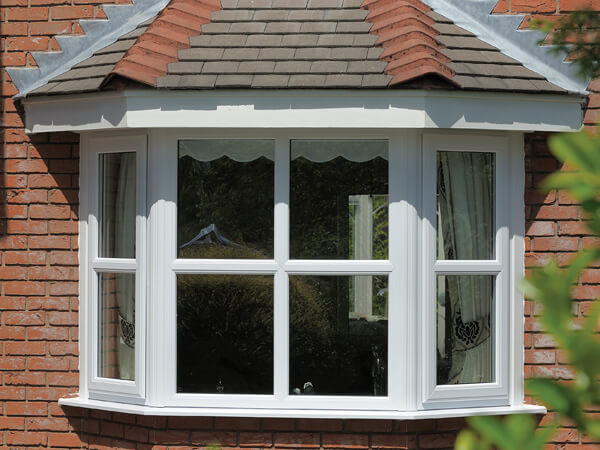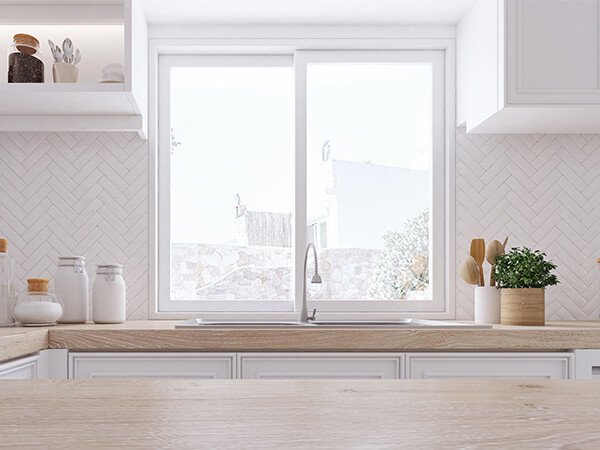If you fall into that bracket, you needn’t feel overawed at the prospect of window shopping as James Oliver is about to provide an explanation of some of the most popular types of window.
By the time you reach the end of this article, you’ll have a strong idea of which window style aligns with your home.
Casement, Sash & Tilt and Turn Windows
Casement – Operated via a handle and opens outward due to side hinged arrangement. The absence of a central mullion brings views to the foreground. Convenient for ventilation and a great match for modern/traditional homes. Relies on tight sealing and quality glazing for energy efficiency.
Sash – A staple of Victorian/Georgian residences, features vertical or horizontal sliding panels. Effortlessly stylish and incredibly simple to maintain. Achieves medium to high thermal efficiency with adequate glazing.
Tilt and Turn – Offers an inward tilt at the top or can be fully swung. Can attract useful airflow, makes maintenance trouble-free and prioritises safety. Excellent insulator if sealed correctly and commonly found at modern dwellings.

Sliding, Bay & Bow Windows
Sliding – Perfect for small spaces due to its horizontal gliding sashes. Feeds a home with airflow and natural light. When accommodating standard glazing it can attain average energy efficiency.
Bay – Has a forward projection consisting of three panels (one central and two angled). Adds great depth and light. Suited to period habitats and the large surface area makes energy-efficient glazing essential.
Bow – Very much like a bay window but a curved design consisting of 4-6 matching panels. Enjoy a panoramic view. Compatible with newer homes and Victorian properties. Realises medium thermal efficiency.

Rooflight/Skylight & Flush Windows
Rooflight/Skylight – Placed into the roofs of lofts and extensions to fuel them with light. Available as fixed or vented. When double or triple glazed, deliver exceptional insulation.
Flush – Creates a flat finish, making for a sleek aesthetic. Suitable for new and period residences. Low maintenance and insulates effectively. Usually crafted from UPVC or aluminium.

Some Further Hints
Identify a window style that satisfies your taste, as well as harmonises with your house and its age.
Frames – Materials employed in window manufacturing include UPVC, aluminium, timber and composite.
Glass – Glazing options incorporate double and triple glazing, low-e, tinted and frosted glass.
Cost – Influenced by the material selection, amount of customisation etc but UPVC casements are often the most affordable.

Now that we’ve filled you in on eight types of windows, we’d like to invite you to view some of the discussed styles in our Lincoln showroom. Pop in and become aware of the functionality of each product.
LOOKING TO REPLACE YOUR WINDOWS?
We have a fantastic range to choose from so whether it’s a modern style or traditional timber effect windows – we are confident that we will have windows to improve any home to give it the finished look with elegance.
LOOKING TO REPLACE YOUR WINDOWS?
We have a fantastic range to choose from so whether it’s a modern style or traditional timber effect windows – we are confident that we will have windows to improve any home to give it the finished look with elegance.
REQUEST YOUR FREE QUOTE
Simply fill in your details for your free, no obligation quotation, and click "Get Quote"